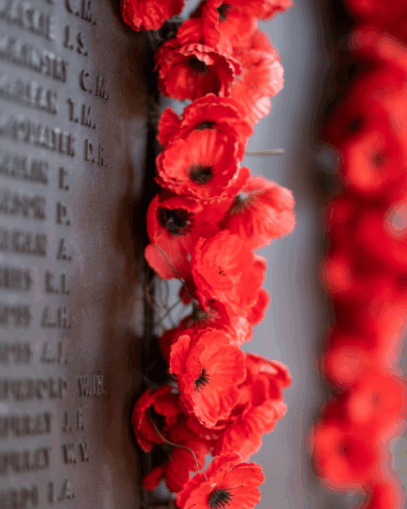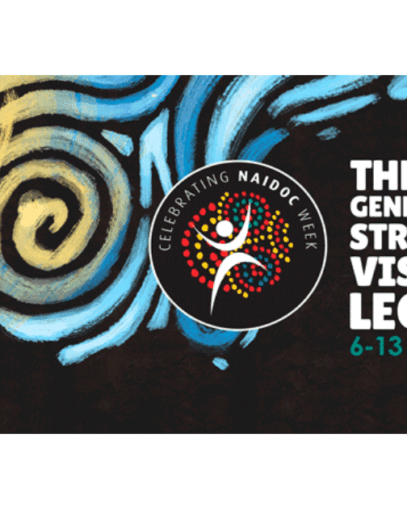Diabetes and wellbeing: Truths and misconceptions
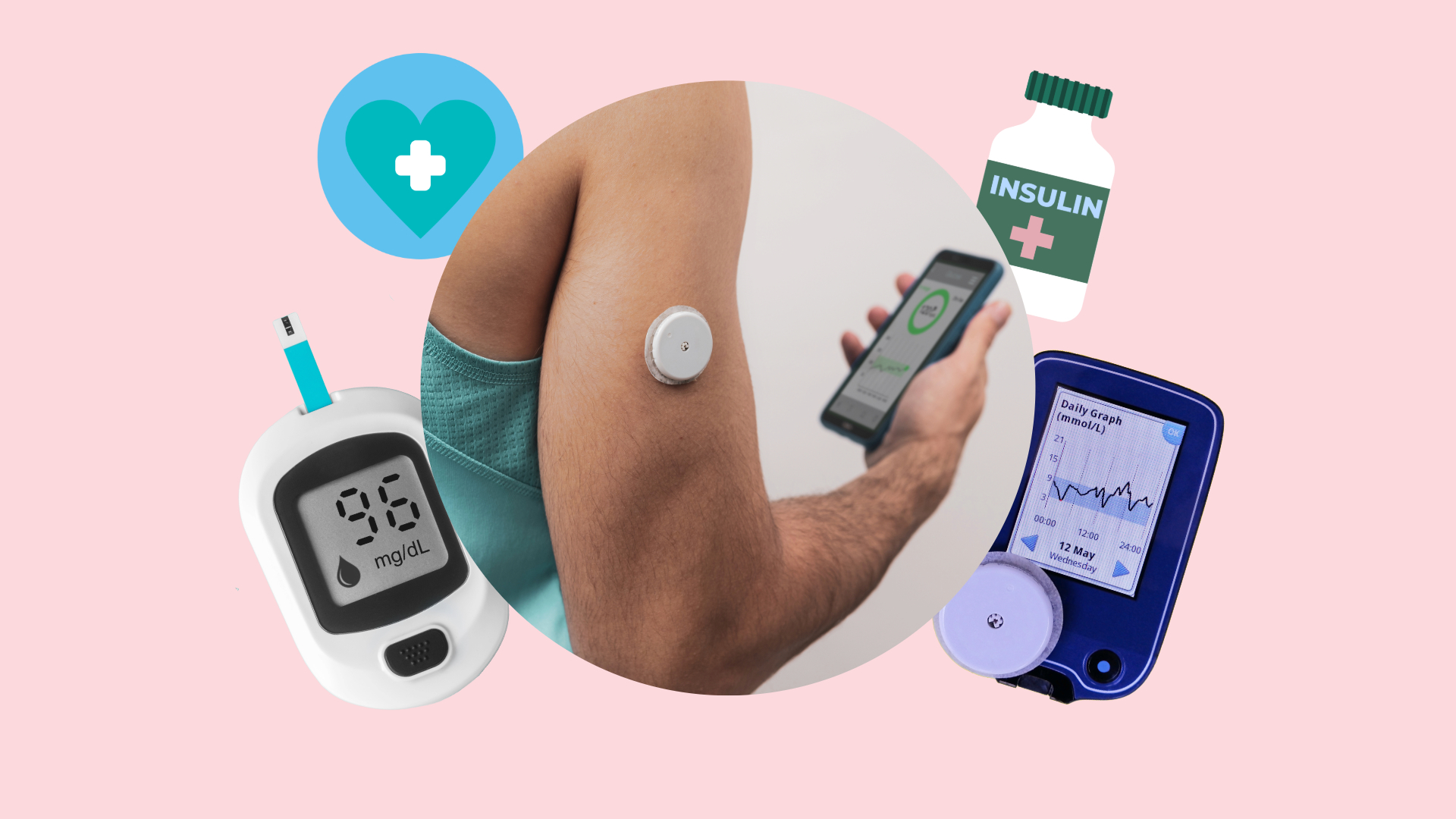
‘Diabetes and wellbeing’ is the theme for World Diabetes Day (14 November). Our South Australia-based Principal Consultant, Adam Costantini, reflects on a personal journey with diabetes and the factors that help his family have a sense of wellbeing. He also sheds light on realities about the condition.
World Diabetes Day, held every 14 November, is a day marked as an official United Nations Day. This date was chosen as it marks the birthday of Sir Frederick Banting, who co-discovered insulin with Charles Best just over a hundred years ago in 1921. World Diabetes Day recognises all forms of diabetes including Type 1, Type 2 and gestational diabetes.
This year’s theme (and for the next three years) is ‘diabetes and wellbeing’, two words often not mentioned in the same sentence. The theory behind the theme is that with appropriate access to care and support for their wellbeing, everyone with diabetes has the chance to live well.
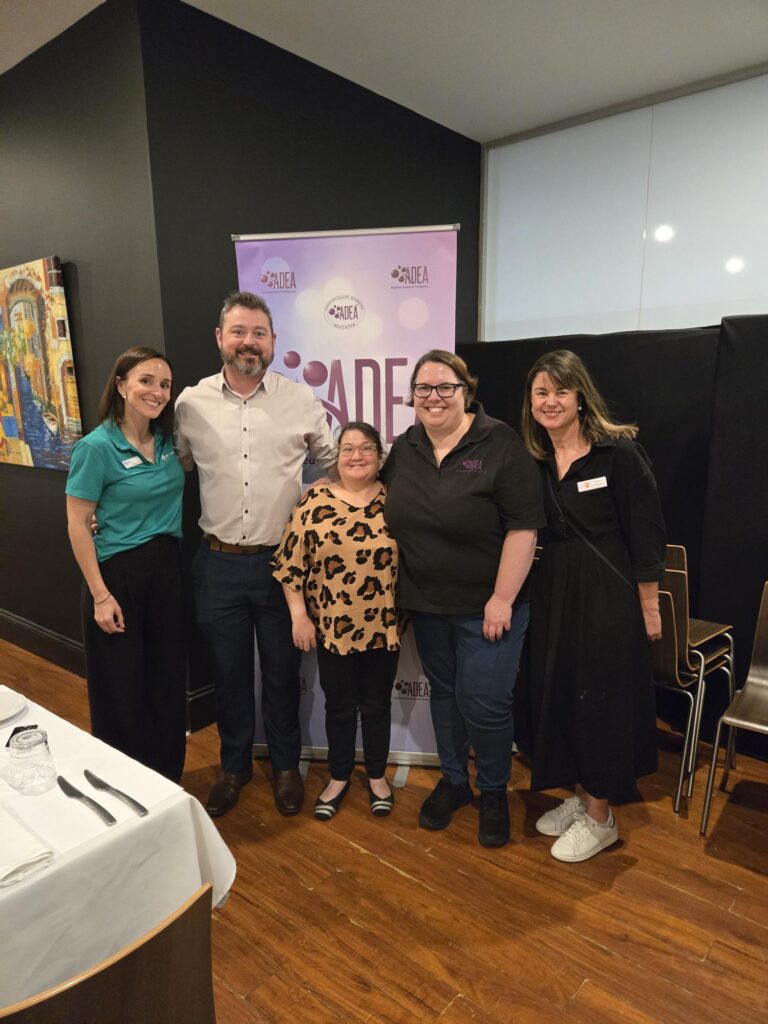
Last Wednesday, I was invited to share a dinner with and address the SA Chapter of the Australian Diabetic Educators Association (ADEA) through a speech about my experiences as a co-carer of a type 1 diabetic child, and more recently diagnosed myself with late onset type 1 diabetes. I was able to firstly thank the nurses and educators for the critical work they do and reflect on what I call ‘the team sport of diabetes.’ This points to the multiple factors that help people get through the day including medical professionals, technology, flexible employment and school environments and a strong family and social network to live well.
In particular, I reflected about the confronting time for diagnosis, from taking a 10-month-old baby to the hospital thinking it was a virus and then to embarking on a rapid learning curve to keep our daughter alive with insulin. It was truly terrifying. My wife and I were so grateful for an amazing Diabetic Nurse educator, Maree, who provided us with knowledge, comfort and a friendly face through the rapid ‘apprenticeship’ of being a carer.
As Georgia has grown, so has our network and community. We are grateful for the support of medical professionals, nursing staff at our school, our colleagues, the broader diabetes community and Georgia’s peers at school, who show enormous empathy and understanding.
A few things I’d like to share to increase awareness about diabetes include:
A big misconception about diabetes is that it’s caused by eating too much sugar.*
- Type 1 diabetes is an autoimmune condition. This means that the body’s own immune system has attacked the insulin producing cells of the pancreas. The pancreas can no longer produce insulin when this occurs.
- Type 2 diabetes occurs when the pancreas does not produce enough insulin or the insulin being produced does not work effectively (this is called insulin resistance).
- Gestational diabetes occurs during pregnancy when the pregnancy hormones block the action of insulin. This leads to insulin resistance and high blood glucose levels.
It is a silent condition. No day is ever the same. There are many factors that influence blood sugar levels. For some people, there are over 180 additional decisions we need to make to ensure our bodies remain as functional as people who do not have diabetes.
It’s a full-time job – even at night. Blood sugar levels can fluctuate unpredictably due to stress, illness, hormones, or exercise. Many people with diabetes have to wake up in the middle of the night to check their blood sugar or adjust insulin.
Diabetics may feel stigma around their condition. 1 in 5 people experience mental health challenges, but this number is doubled for diabetics.
It’s a team sport – support from others matters. Diabetes can be isolating, and having a support network of family, friends, coworkers, and healthcare professionals can make a big difference. Understanding, empathy, and a willingness to learn are incredibly valuable to those with diabetes.
Life works in funny ways, and only a few days later after my speech, we saw Maree (who we hadn’t seen in a few years) again at the Adelaide Zoo, attending the Type 1 Foundation Christmas party. We were able to reflect on those early days and thank Maree for providing that solid foundation. Perhaps for Maree, it must have been great to see our daughter, Georgia – a happy, healthy (and cheeky) six-year-old.
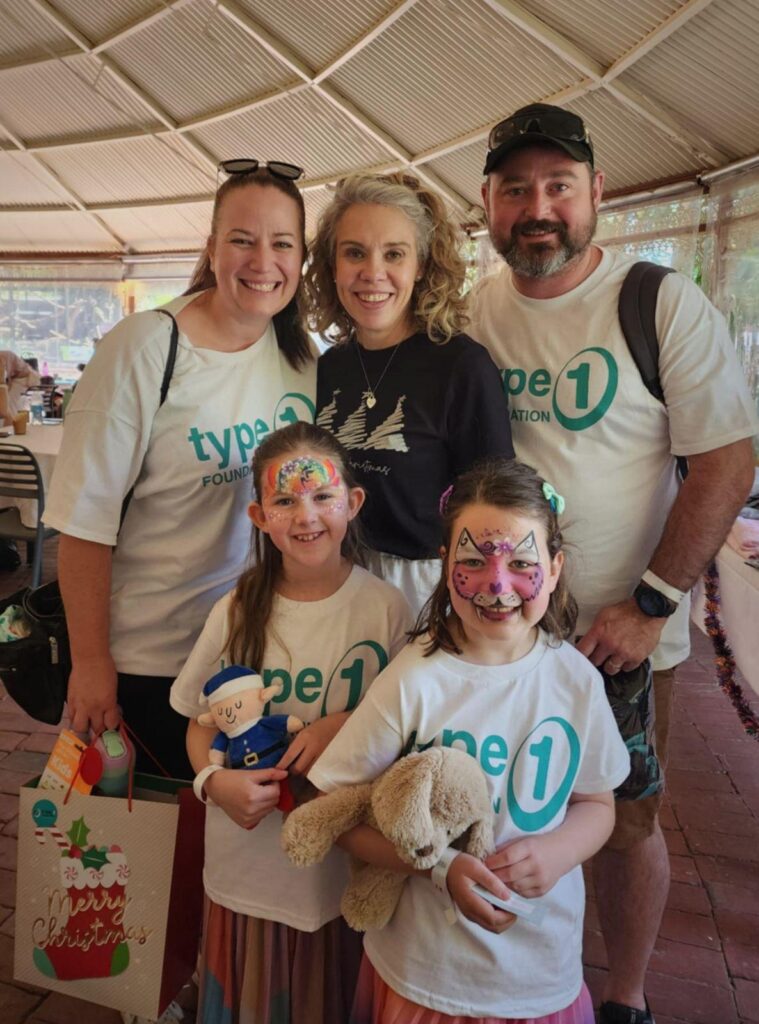
As an employee of Parbery, I’m grateful for the care and understanding of our team and the flexibility to volunteer as a JDRF (Juvenile Diabetes Research Foundation) advocate in my local electorate. I’m also proud that being connected to community is in our DNA – Parbery’s community contribution scheme allows me to donate a financial contribution to a community cause, in our case – towards the JDRF Giving Day where donations are doubled.
*Source: Diabetes SA

